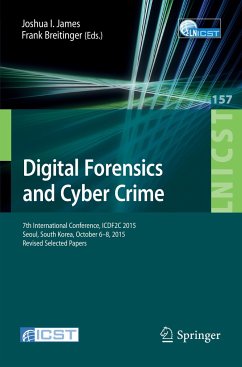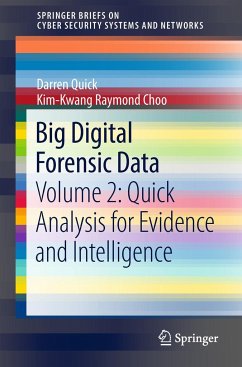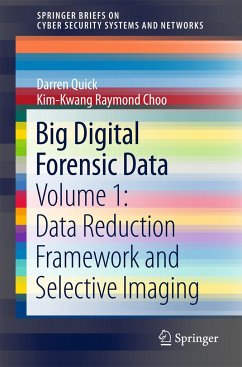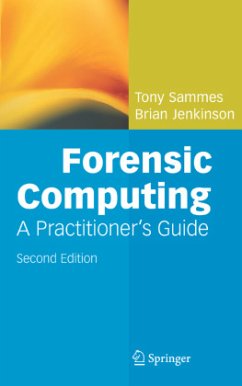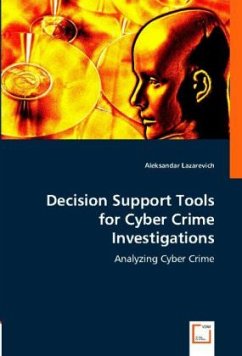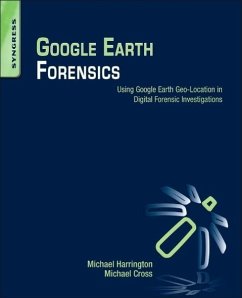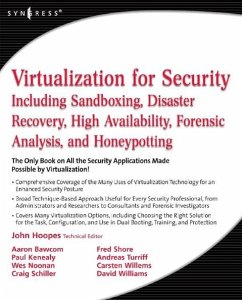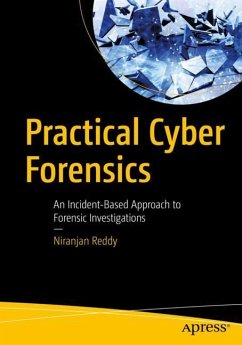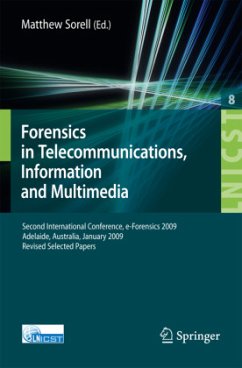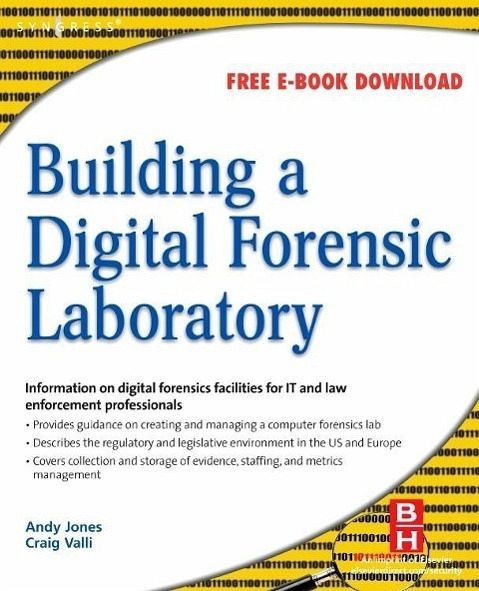
Building a Digital Forensic Laboratory
Establishing and Managing a Successful Facility

PAYBACK Punkte
29 °P sammeln!
The need to professionally and successfully conduct computer forensic investigations of incidents and crimes has never been greater. This has caused an increased requirement for information about the creation and management of computer forensic laboratories and the investigations themselves. This includes a great need for information on how to cost-effectively establish and manage a computer forensics laboratory. This book meets that need: a clearly written, non-technical book on the topic of computer forensics with emphasis on the establishment and management of a computer forensics laborator...
The need to professionally and successfully conduct computer forensic investigations of incidents and crimes has never been greater. This has caused an increased requirement for information about the creation and management of computer forensic laboratories and the investigations themselves. This includes a great need for information on how to cost-effectively establish and manage a computer forensics laboratory. This book meets that need: a clearly written, non-technical book on the topic of computer forensics with emphasis on the establishment and management of a computer forensics laboratory and its subsequent support to successfully conducting computer-related crime investigations.




